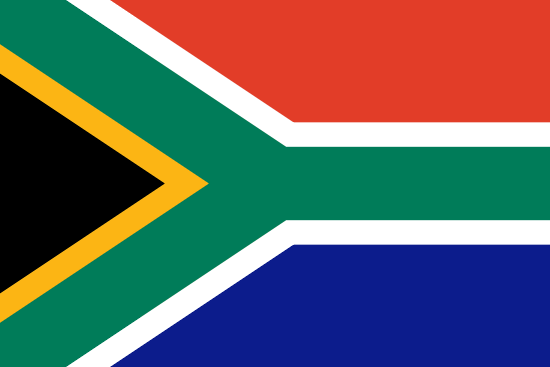"Blomme se paradys | Paradise of flowers"
About:
Kamieskroon, a small town in the Northern Cape province of South Africa, was established in the 1860s following a copper mining boom. Originally named Bowesdorp, it was relocated in 1924 due to water supply issues. The town is known for its annual wildflower show, attracting tourists from around the world. Today, Kamieskroon serves as a key stop for travellers exploring the Namaqualand region, with its rich biodiversity and historical landmarks.
When to visit:
Kamieskroon, a small town located in the Northern Cape province of South Africa, is best visited during the spring season, which falls between August and September. During this time, the region experiences its famous wildflower bloom, attracting visitors from all around the world to witness the vibrant colors carpeting the landscape. The moderate temperatures and clear skies make it ideal for exploring the surrounding Namaqua National Park and enjoying outdoor activities such as hiking and photography. It is recommended to plan your visit well in advance as accommodation options in Kamieskroon and the surrounding areas tend to book up quickly during this popular time of year.
When to avoid:
Kamieskroon, a small town located in the Northern Cape province of South Africa, experiences its most challenging travel conditions during the summer months of December to February. This period coincides with the region's peak heat and dryness, with temperatures often soaring well above 30 degrees Celsius. The lack of rainfall during this time also results in a stark and desolate landscape, devoid of the vibrant wildflowers that the area is renowned for. Travelers seeking a more comfortable and visually appealing experience are advised to plan their visit during the spring months of August to October when the wildflowers are in full bloom, and the weather is milder.
"Winter (June–August)"
Kamieskroon, South Africa, experiences its coldest and wettest season during the winter months, from May to August. Average temperatures in winter range between 7-20°C. Rainfall is relatively high, with an average of 80mm in the wettest month, July. Days are typically cloudy, with a low average sunlight of 5-7 hours per day. Visitors can expect chilly mornings and evenings, with mild afternoons. The weather is generally unpredictable with occasional showers and strong winds. Despite the cold, the winter landscape is stunning, with blooming wildflowers after the rains.
"Summer (December–February)"
Kamieskroon, South Africa, experiences its warmest part of the year from November to March. During this period, the average high temperatures range from 25°C to 30°C (77°F to 86°F). Rainfall is relatively low with monthly averages of about 15-25mm, as the area is semi-arid. The region enjoys ample sunlight, with an average of 10-11 hours of daylight per day.
Humidity is moderate, typically ranging from 40% to 60%, which makes the heat more bearable. Cloudiness varies, but clear or partly cloudy days are more common, offering beautiful, unobstructed views of the surrounding landscapes.
A typical day for a visitor during this time would involve warm, sunny weather. Mornings and evenings can be cooler, so it's advisable to dress in layers. Despite the warmth, the dry air and moderate humidity make outdoor activities enjoyable. The clear skies provide excellent opportunities for stargazing at night.
Language:
Kamieskroon, a small town in the Northern Cape province of South Africa, predominantly speaks Afrikaans. This West Germanic language, which evolved from the Dutch vernacular of South Holland, is the first language of the majority of the white and Coloured communities in the region. English, as a second language, is also spoken to a lesser extent.




